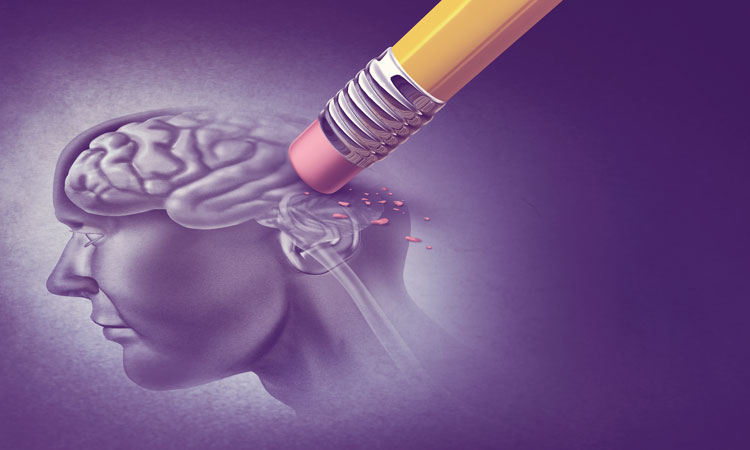Do you know, or have you ever known, someone with Alzheimer’s in your life? At the moment, your answer to this question may or may not be yes, but as time passes it will become more and more likely for all of us to know someone: It is estimated that approximately 5.5 million Americans currently suffer from dementia caused by Alzheimer’s, but worldwide this number is more likely to be around 36 million people. Experts predict this number to reach 115 million by 2050 if no effective treatments are developed.
So what exactly is Alzheimer’s Disease (AD)?
In one sentence, it is a progressive neurodegenerative disease that causes dementia. This means it is a disease in which the state of different parts of the brain continuously worsen, ultimately leading to a variety of symptoms, some of which include:
- Memory loss,
- A lesser ability to function, and
- Worsened judgement.
The most common symptom listed above is forgetfulness. It is usually less noticeable at first, but throughout the course of the disease becomes increasingly worse until even simple daily chores and activities are impossible to manage without some form of help from a caregiver or family member. What many people do not seem to realize, however, is that Alzheimer’s at its later stages has further characteristics that can affect an individual’s personality:
- Agitation,
- Withdrawal,
- Restlessness, and/ or
- A loss of language skills.
Therefore, it is increasingly difficult for affected individuals to be cared for in their home, and often move to nursing homes as the disease progresses.
For many years, researchers have been trying to describe the etiology of Alzheimer’s and pinpoint its specific cause to develop a treatment, or at least improve therapies to slow the progression. Some of the basic science is described below…
Science Behind the Disease
This TED-Ed video gives a brief overview of the basic molecular science and the disease’s progression throughout the brain, which can be directly related to the visible symptoms we perceive as friends, family members or medical personnel:
While numerous aspects of Alzheimer’s have been researched and described, a treatment or cure is yet to be found. Nevertheless, this research has led to some interesting findings…
Connection to Type 2 Diabetes (T2D)
Did you know that Type 2 Diabetes doubles the risk of dementia? As we hopefully all do know, insulin plays an incredibly important role in diabetes as it regulates blood sugars. However, insulin is multifaceted because it has many other functions as well. For example, in the central nervous system (CNS, your brain and spinal cord), insulin also:
- Influences the growth and survival of neurons,
- Has neuroprotective roles,
- Modulates synaptic plasticity,
- And regulates different receptors (i.e. GABA- and AMPA-receptors)…
… among other functions.
These demonstrate that insulin is not only important in the body, but in the brain as well. One of the connections researchers have found between Alzheimer’s and diabetes is that a resistance to insulin exists, which oftentimes is initiated by inflammation in the brain (for AD) or in adipose tissue (for T2D). The amyloid beta oligomers (ABO’s or AB plaques, as mentioned in the video above) could possibly be the cause for secretion of proinflammatory cytokines, leading to said inflammation. These ABO’s could also be a cause for peripheral (not in the CNS) metabolic deregulation, which potentially provides a mechanism for why AD patients often also develop T2D.
Further connections come from the fact that PTP1B can potentiate the inflammation in both diseases, deregulated mTOR signaling contributes to insulin resistance, and abnormal ganglioside metabolism impairs insulin receptor function.
For more details linking AD and T2D click here.
